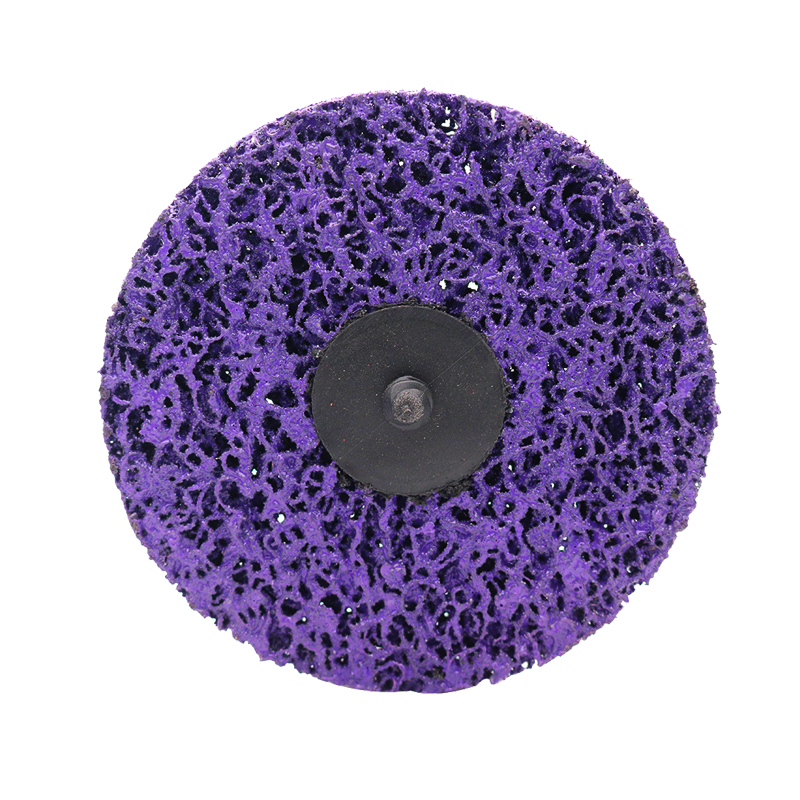Understanding the Various Types of Grinding Wheels
Grinding wheels are crucial components in the machining process, used to cut, grind, and shape materials with precision. These wheels come in various types, each specifically designed for different applications. Understanding the types of grinding wheels can greatly enhance their effective use in workshops and manufacturing settings. In this article, we will explore the various types of grinding wheels, their compositions, and their specific applications.
1. Vitrified Grinding Wheels
Vitrified grinding wheels are composed of a mixture of bond materials and abrasive particles. The bond is a glass-like material that provides strength and rigidity to the wheel. These wheels are renowned for their high strength and thermal resistance, making them suitable for high-speed applications. Vitrified wheels are commonly used in precision grinding tasks, including tool sharpening and engine component finishing.
2. Resinoid Grinding Wheels
Resinoid or resin-bonded wheels are adhesives that use synthetic resins to bind the abrasive grains. These wheels have a softer structure, which allows them to provide a high cutting rate while minimizing the heat generated during the grinding process. Resinoid grinding wheels are often seen in applications requiring a fine finish, such as in the automotive and aerospace industries for grinding complex shapes and contours.
3. Metal-Bonded Grinding Wheels
Metal-bonded grinding wheels feature a matrix of metal to hold the abrasive particles together. They offer higher durability and are particularly effective in grinding hard materials like ceramics and carbide. These wheels operate at high speeds and are utilized in heavy-duty applications. Metal-bonded wheels are commonly found in the manufacturing of cutting tools and in the sharpening of industrial blades.
4
. Diamond Grinding Wheelswhat are the types of grinding wheels

Diamond grinding wheels have abrasive surfaces coated with diamond particles. Known for their exceptional hardness, these wheels are optimal for grinding hard materials such as stone, concrete, and ceramics. The diamond particles facilitate high-efficiency grinding while producing fine finishes, making them popular in construction and stone processing industries. However, they come at a higher cost due to the expensive nature of diamond abrasives.
5. Cubic Boron Nitride (CBN) Wheels
CBN grinding wheels utilize cubic boron nitride as the abrasive material. Similar to diamond wheels, CBN wheels are ideal for hard and tough materials, particularly ferrous alloys. They offer excellent thermal stability and wear resistance, making them suitable for grinding operations that produce high temperatures. CBN wheels are commonly used in industrial applications like crankshaft and camshaft grinding.
6. Alumina Grinding Wheels
Alumina grinding wheels are made from aluminum oxide and are one of the most commonly used wheels in general grinding applications. They offer good performance on ferrous metals and are available in various grades and sizes. Their versatility makes them suitable for a wide range of materials, from soft metals to hard alloys.
7. Silicon Carbide Grinding Wheels
Silicon carbide grinding wheels are suitable for grinding non-ferrous materials, including glass, ceramics, and plastic. They are more brittle compared to alumina wheels but offer excellent performance on hard surfaces. Silicon carbide wheels are often used in applications like tool sharpening and polishings, such as sanding and finishing.
Conclusion
In conclusion, understanding the different types of grinding wheels and their specific applications allows for more effective selection and usage in various industrial processes. Whether it is vitrified wheels for precise engineering tasks or diamond wheels for hard surface grinding, each type has its unique features that cater to specific grinding needs. As technology advances, the performance and efficiency of grinding wheels continue to evolve, making them indispensable tools in modern manufacturing and craftsmanship. Choosing the right grinding wheel can significantly enhance productivity, surface finish, and overall quality of the finished product.
Post time:Dec - 30 - 2024

















